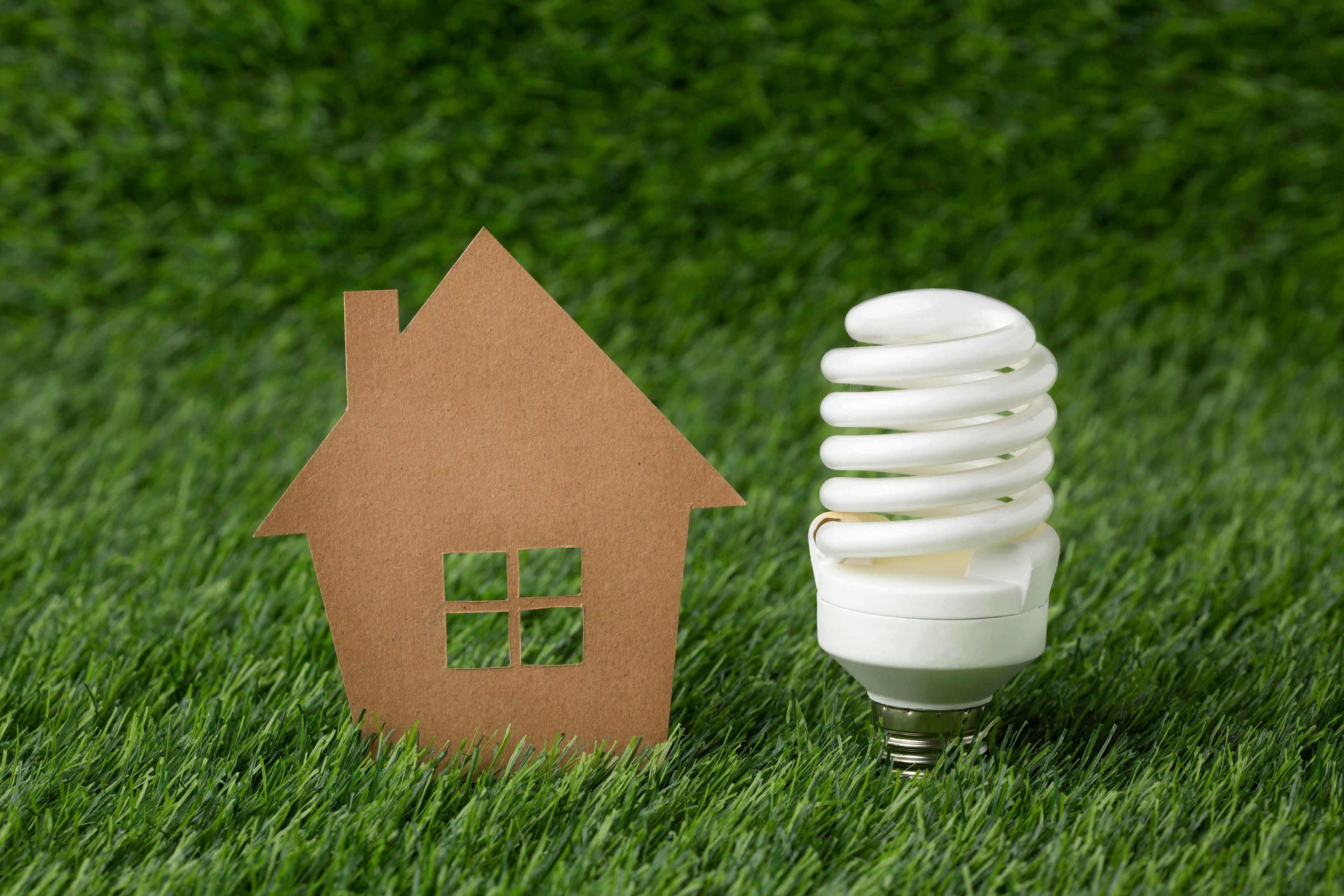Energy saving at home: small steps for big environmental and economic benefits

Energy saving at home is a practice that not only helps reduce bills but also plays a crucial role in conserving natural resources and decreasing environmental impact. With the increasing awareness of environmental issues, more people are adopting sustainable lifestyles, starting right from their own living spaces. In this article, we will explore some practical strategies to reduce energy consumption at home and its numerous positive implications.
Efficient lighting
One of the first areas where significant improvements can be made is lighting. Replacing traditional bulbs with energy-saving LED bulbs can significantly reduce energy consumption and extend the life of the bulb. Also, remember to turn off lights when not needed and make the most of natural light during the day.
Energy-efficient appliances
Appliances account for a significant portion of household energy consumption. When it's time to replace an appliance, opting for equipment with the highest energy efficiency rating can significantly reduce the impact on the electricity bill. Modern appliances, such as washing machines, refrigerators, dishwashers, often offer low-energy consumption modes that can be used to further cut costs.
Insulation and sealing
Proper thermal insulation and window sealing can contribute significantly to energy savings. Investing in double-glazed windows, well-sealed doors, and insulation for walls and ceilings can reduce the need for additional heating or cooling, maintaining a comfortable temperature at home throughout the year. This results not only in a lower energy bill but also in a more comfortable living environment.
Temperature control
Accurate temperature management is essential for energy savings. Setting the thermostat to a moderate temperature during winter and summer, and adjusting it when the house is empty, can make a difference. Installing programmable thermostats can simplify this process, allowing for automatic adjustments based on daily schedules.
Responsible use of appliances
In addition to choosing energy-efficient appliances, it is essential to use them responsibly. For example, washing clothes at lower temperatures, air-drying when possible, and utilizing energy-saving settings on electronic devices can significantly contribute to overall savings.
Renewable energy
Consider installing renewable energy sources, such as solar panels or wind turbines, to turn your home into an energy producer. This can not only cover your energy consumption but also allow you to sell excess energy back to the grid, providing long-term economic returns.
Educate and involve the family
Education is crucial for successfully implementing energy-saving practices. Involving your family in this journey can make sustainable habits an integral part of daily life. Explain the benefits of energy savings and engage everyone in adopting more responsible behaviors.
In conclusion, energy saving at home is an achievable goal through small changes in daily habits and targeted investments. In addition to tangible benefits on the energy bill, participating in energy-saving initiatives contributes to preserving our precious environment. Adopting these practices will not only reduce our environmental impact but also allow us to live in more efficient and cost-effective homes.
More for #Tips

Living in a Joivy home? Get rewarded when you refer a friend!
With our “Refer a Friend” program, if you’re currently living in a Joivy property, you can earn up digital vouchers for every friend you refer.

Low-cost ideas to revamp a bare hallway
The hallway is often overlooked when it comes to decorating the home, but with a bit of creativity and ingenuity, it can be transformed into a cozy and inviting environment. Here are some low-cost ideas.